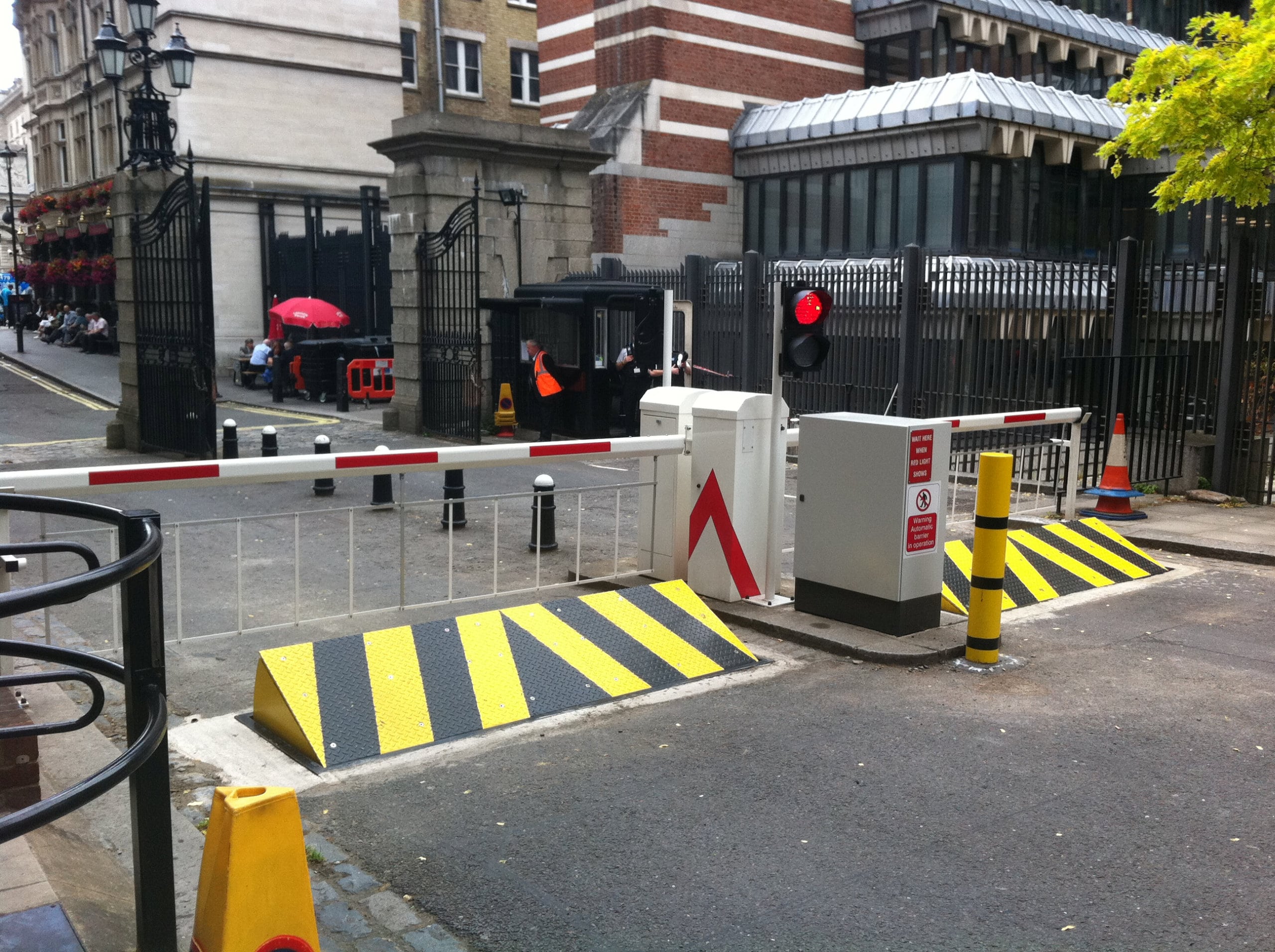
Understanding Crash-Rated Security HVM Products Explained
Urban planning is a complex task. It requires a deep understanding of various elements, including traffic flow and security measures.
One such security measure is the use of crash-rated security HVM products. These are designed to protect urban environments from vehicle-based threats.
Understanding these products is crucial for urban planners. They play a significant role in creating safe and secure urban spaces.
This article aims to provide a comprehensive guide on crash-rated security HVM products. It will delve into their purpose, types, and how they can be effectively integrated into urban planning.
From Bollards,Road Blockers,Turnstile, to Gates, we will explore various HVM products. We will also discuss the importance of crash ratings and their implications for site design.
By the end of this article, you will have a solid understanding of crash-rated security HVM products and their role in urban planning.

The Role of Crash-Rated HVM Products in Urban Security
Crash-rated HVM products are vital in urban security. They provide a barrier against unauthorized vehicle entry, which is crucial in many settings, from crowded pedestrian areas to high-security zones.
These products help mitigate threats posed by hostile vehicles. By doing so, they protect both infrastructure and human lives. The effectiveness of these measures depends on their strategic placement and integration into existing urban landscapes.

Crash Ratings Explained: Standards and Certifications
Understanding crash ratings is crucial for implementing effective HVM solutions. These ratings determine the strength and effectiveness of security measures against vehicular impact. They ensure that products can withstand specific force levels.
Crash ratings follow established standards and certifications. These frameworks provide a uniform evaluation process for security products. Key international standards include:
- ASTM F2656: Defines criteria for vehicle impact testing and performance.
- IWA 14-1: An international specification for vehicle security barriers.
- PAS 68: The UK standard for impact testing of host vehicle security barriers.
Bollards: The First Line of Defense
Bollards serve as a primary defense mechanism in urban areas. These robust barriers deter unauthorized vehicle access while allowing pedestrian movement. They are versatile and can be permanent or retractable.

Road Blockers: Ensuring High-Security Area Protection
Road Blockers are essential for securing high-risk locations. These devices are designed to halt unauthorized vehicles, providing a formidable barrier. They are often employed at the entrances of sensitive areas like government buildings and airports.

Turnstile Gates and Security Gates: Controlled Access Solutions
Turnstile gates are vital for pedestrian access control in urban environments. They are effective in regulating entry points, especially in mass transit areas like subways and stadiums. By managing the flow of people, turnstiles contribute to both security and order.
Security gates focus on vehicle access management, particularly in zones requiring restricted entry. Equipped with crash-rated features, these gates are crucial for perimeter security. Their solid construction and advanced locking mechanisms ensure only authorized vehicle entry while safeguarding key infrastructures. Learn more about the advanced Gates.

Conclusion: Enhancing Urban Safety with HVM Solutions
Crash-rated HVM products have become indispensable tools in today’s urban environments. They protect citizens and infrastructure from vehicle-borne threats. By integrating HVM solutions, urban planners can create safer, more resilient cities.
Using crash-rated security measures also improves traffic management and access control. These systems, when carefully planned and implemented, offer a harmonious balance between security and usability.